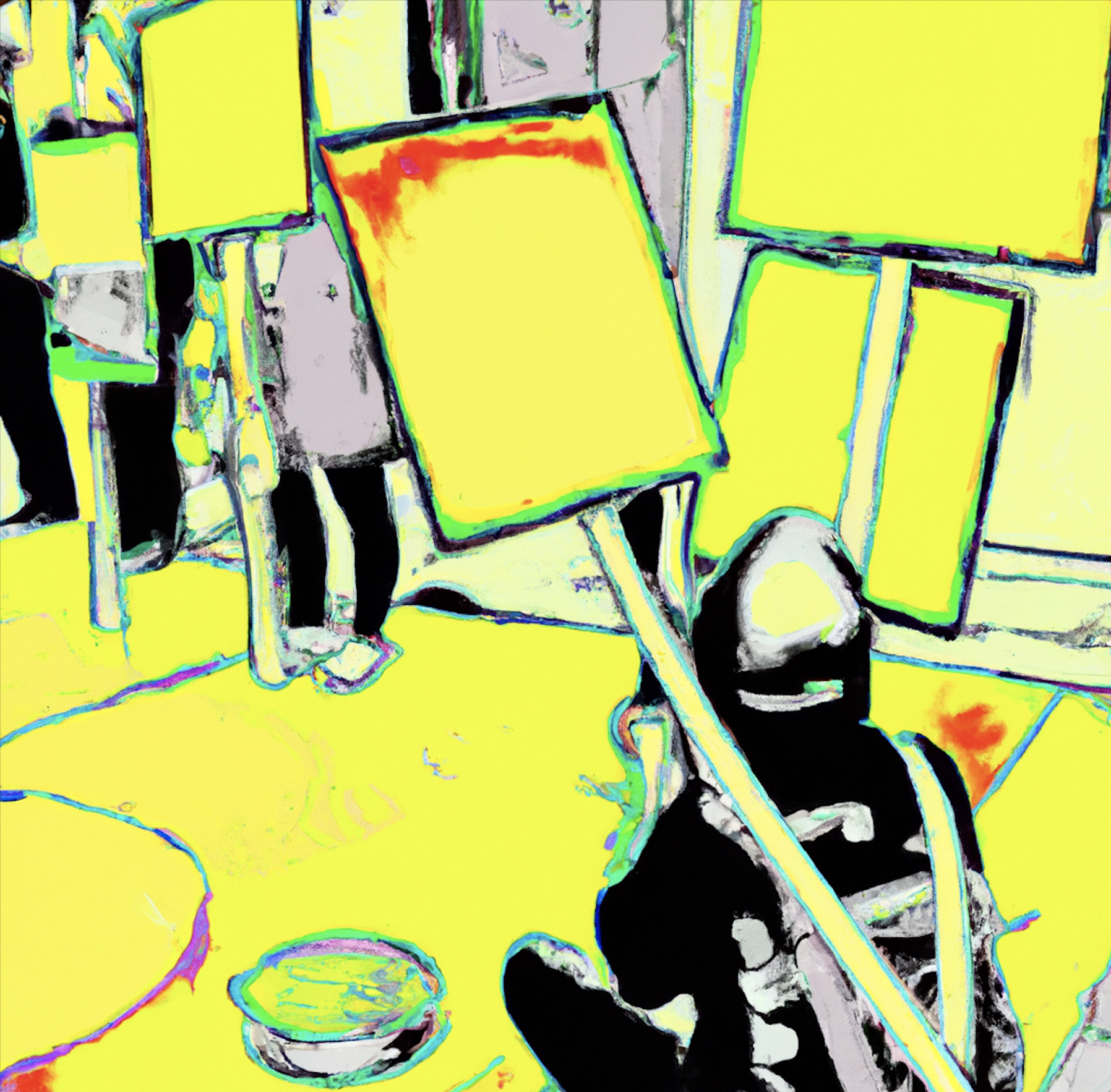‘Everyday life is a crust of earth over the tunnels and caves of the unconscious and against a skyline of uncertainty and illusion…while overhead stretch the Heavens of Permanence…’ (Henri Lefebvre, Everyday Life in the Modern World, [1. Lefebvre, H. (1991) Everyday life in the modern world New Brunswick and London: Transaction p. 109. (Originally La vie quotidienne dans le monde moderne 1968)]
These Heavens, Lefebvre continues his playful account, include Scientificness, Technology, Reliability but also ‘the twin planets Virility and Femininity’, Youthfulness, ‘frozen, extinct stars like Beauty, and the strange signs of Eroticism’ and then ‘the sublunar planets, Fashion (or ‘fashionability’) locatable in the vicinity of Femininity, and Sportiveness, etc.’ Among ‘the stars of the first magnitude’, he suggests, ‘we might place Urbanism and Urbanisation (so long as we do not omit Naturalness, Rationality and a few others)’.
Off this particular list but nevertheless within it is ‘Culture’: ‘an item of consumption in this society not entirely similar to the others… a little less passive than most ways of absorbing ready-made goods…’ Within it but perhaps at times beyond it, as the lyrical description of it with which Lefebvre opens the book suggests. is Joyce’s Ulysses.
The ‘skyline of uncertainty and illusion’ then was Modernity, ours is perhaps Postmodern but, better, late Modernity. The setting is urban, perhaps even post-urban.

A forbidding but also enticing agenda for our new series on Culture and Everyday Life which starts with the work of a young London-based writer, actor and singer, Nina Hatchwell, as she takes her film, You look stunning, to premiere at the Cannes Short Film Corner festival. The film, billed as ‘the art of seduction or the desperate attempts of a young woman…’, touches most of the points Lefebvre includes in his tour of the Heavens. Our consideration of Nina’s work takes in, too, the crust of earth, the tunnels and caves, and the skyline.
‘The art of seduction or the desperate attempts of a young woman…’
‘Strange signs of Eroticism’ are abundant in Nina Hatchwell’s work. Her new film, You look stunning, for example, ‘takes’, as she tells us, ‘a woman’s fantasy to the extreme’ leading her to ‘a bittersweet truth about life, love and the destructive power of obsession.’
A little bitter, then, in that it is the tale of her heroine’s (or is it victim’s) ‘desperate attempts to conquer a man she has just met.’ But it is also sweet in that it is a humorous take on the perils of dating, particularly for a second-generation immigrant trying to apply her mother’s advice in an environment that is alien to it. It is sweet too in that the story is told in a dreamlike manner, stylised, quirky shots, often with a focus on the eccentric characters’ eyes, with matching quirky rhythms and music.

The music is important because Nina has the sensibility and skills of a singer and songwriter at her disposal as well those of a dramatist and actor. Her seductive playfulness, in a more confident role, is brought out on another occasion in her performance of her own song, ‘Hey there, boy.’
So far, then, taking up her film and one of her songs, some of the key features of Lefebvre’s sketch of the earthed dimension of everyday life and its links to the Heavens have made an appearance. The ‘strange signs of Eroticism’, link up with the ‘twin planets of Virility and Femininity’, with Youthfulness, and ‘the sublunar planets of Fashion and …Sportiveness’. But what of ‘the skyline of uncertainty and illusion’, the urban context, and the ‘tunnels and caves of the unconscious’? These, and even perhaps ‘frozen, extinct stars like Beauty’ hover around backstage in another song and particularly her distinctively individual performance of it, Morrissey’s ‘There is a light that never goes out.’
To summarise, in the double banality of prose without music, for those who don’t know the song. A couple are out driving in (presumably) the man’s car. The woman/girl wants music, people that are ‘young and alive.’ She never wants to go home again because it has become their home and she is no longer welcome. In ‘the darkened underpass’ the thought/hope/fear grips her that in a collision with a bus or a truck would be ‘such a heavenly way to die’ with her lover. The song ends with repeated words:’ there is a light, and it never goes out.’
When the number is performed by Morrissey and/or the Smiths it is in a relatively up-tempo, slightly dirge-like, strongly sentimental manner. A large section of the audience join in, they clearly know every word.
What is going on? As the protagonists (victims) surge through the urban landscape, the song seems to have reached down towards the ‘tunnels and caves of the unconscious.’
What is ‘the skyline of uncertainty and illusion’ here? What kind of society is it in which only death seems to offer ‘a light that never goes out’? Is Morrissey, as some have suggested, some kind of ‘bed-sit existentialist’? ([2. Morrissey is a not inconsiderable controversialist – not always on the side of the angels but on one occasion recently his allegiance was not in doubt. He praised his former bandmate Johnny Marr over his criticism of British Prime Minister David Cameron for liking The Smiths: ‘To those who have expressed concern over Johnny’s words in view of the fact that David Cameron has pledged immense allegiance to the music of The Smiths, I would like to try to explain why I think Johnny is right not to be flattered. ‘It is true that music is a universal language – the ONLY universal language, and belongs to all, one way or another. However, with fitting grimness I must report that David Cameron hunts and shoots and kills stags – apparently for pleasure. It was not for such people that either ‘Meat Is Murder’ or ‘The Queen is Dead’ were recorded; in fact, they were made as a reaction against such violence.’])
Or are these answers too heavy? Could the song be reaching towards Lefebvre’s ‘frozen, extinct stars like Beauty’, certainly frozen but not yet extinct?
Nina’s version brings out the possibility of reaching out to this star. As can be seen/heard from the recording she made in LA with producer Guy Erez.
Nina comments:
‘The song always has a varied response. Some (mainly women) cry … some simply can’t stand it because its so depressing they don’t understand why I sing it or like it. And Smiths fans especially men vary from immediately being impressed to being very sceptical when I announce the song, to really enjoying it by the end. It’s a tough one… but I like it and that’s the main thing…’
Nina’s cover of ‘There is a light’ uncovers/discovers a frozen but not quite extinct Beauty still there for the asking and taking. Her imagination, many talents and commitment in her performances, her songs and now her film combine to make a star.





